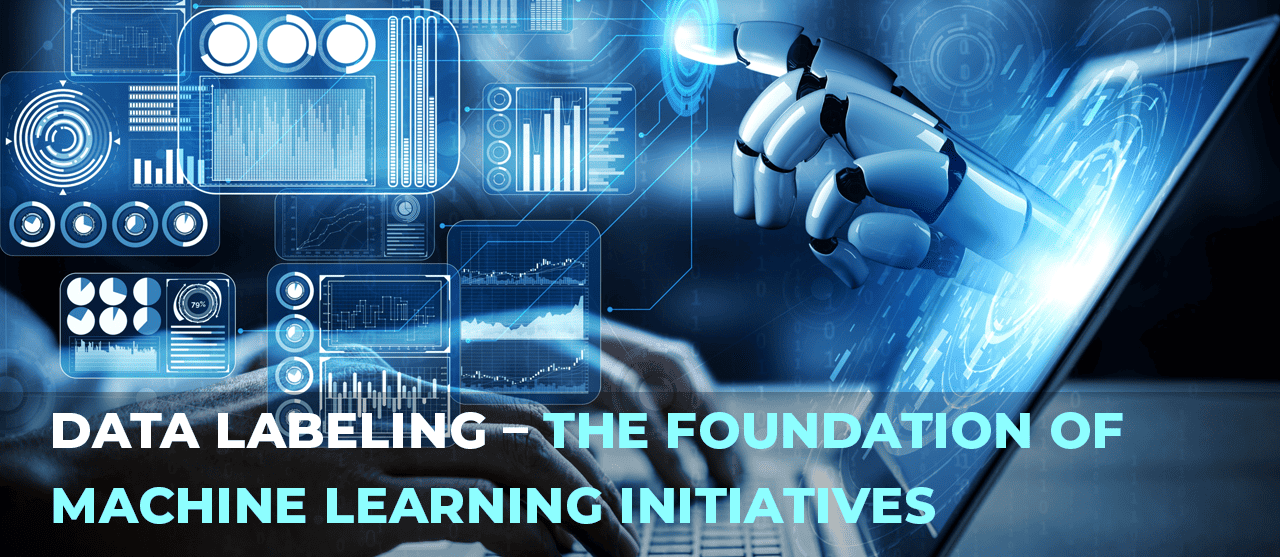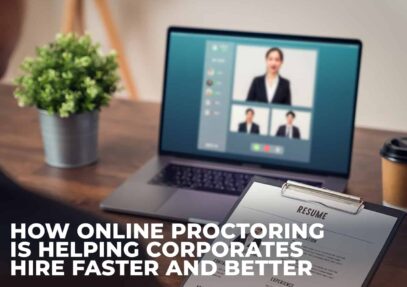
By 2028, the global machine-learning market will grow to $152.24 billion. As the digital economy continues its massive growth, events like the COVID-19 pandemic further accelerated consumers’ demand for digital services. As a result, nearly all businesses across all sectors will seek to harness the power of artificial intelligence and machine learning.
Before businesses can venture deep into the sci-fi movie-inspired possibilities of machine learning, it is important to be aware of its underlying principles and what makes it work. At the heart of every machine learning initiative, data labeling forms a key foundation of this disruptive technology.
Data labeling or data annotation, in simple terms, is the process of marking or tagging input data and content for a machine learning model with all the necessary parameters it needs to understand the input in the right context. AI and machine learning systems require labeled data to learn and improve their autonomous decision-making capability for the various use cases and scenarios that they are expected to handle.
The growth of AI requires the parallel growth of data labeling capabilities and technology. As a result, research estimates that the market for data collection and labeling software will grow to $8.22 billion by 2028.
With this in mind, let’s explore 3 reasons why data labeling is essential and a foundational element of machine learning initiatives.
- Data Labeling Accelerates Learning
When an enterprise decides to build an AI or ML capability, they first look for training data within its own ecosystem. However, within your digital ecosystem, most of the data is raw and unlabeled. It might be in the form of hundreds of thousands of emails, audio and video material used for training or customer education, various documents, spreadsheets, and other visual and non-visual records.
The bottom line is that most of the available content is unstructured. Because your competitors are moving at breakneck speed to leverage machine learning capabilities, to keep up, you need to accelerate the learning process for your own machine learning initiatives. Labeled data dramatically improves the speed with which your machine learning models digest and infer the right information to provide accurate output to make decisions, take actions, and affect desired outcomes.
- Data Labeling Improves Output Quality
Every machine learning initiative is designed to produce an autonomous system capable of decision-making for some core area of your business. As such, there is no room for mistakes leading to bad decisions and adverse outcomes. For a machine learning system to make the most relevant inference in a given situation, it needs to identify all relevant parameters needed to complete the decision-making matrix for that problem. It does this by evaluating historic models of the same data and the subsequent decisions that were made.
This historic data is referred to as the “training data” that you feed the model from time to time to improve the performance of the overall system. When the data is of low quality or contains diverse data elements not structured in any definitive pattern, the system fails to recognize the data and scale its processing capabilities when it is given a real-life situation to model using the same kind of data.
- Data Labeling Solves for Constantly Changing Data
The dynamics of markets or consumers are very unpredictable. From fashion trends to banking methods, there is a never-ending flow of innovative digital services being continuously introduced. This constant stream generates massive volumes of new and unstructured datasets and workflows that impact the AI and machine learning models being used by businesses.
To keep up with the proliferation and evolution of data sets, you need a proper process for structuring them with correct labels to enable better and faster learning. This is the fundamental value of data labeling and why it is an ongoing process requiring a focused and evolving effort to leverage the latest and most relevant data sets.
McKinsey reported that one of the primary hindrances to the adoption of AI systems in businesses is the need for data annotation, another commonly used term for data labeling. Every business requires its own unique DNA in the data used to fuel its AI systems. Building the capacity in-house to label and scale your data sets is an extraordinarily complex and costly venture and drains resources away from your core business process and value proposition.
Getting professional help to manage your data labeling is the best way to unlock the full potential of data and content to improve your business results. Higher quality data and content fuels faster-training machine learning models and directly impacts the success of your AI systems. Most importantly, all of this effort can help deliver a more positive customer and employee experience for your brand.
Leave a Reply
Your email address will not be published. Required fields are marked *


















Comment